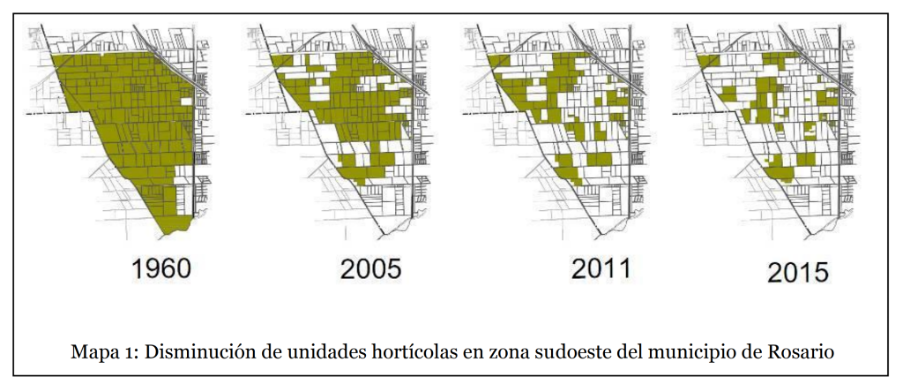How can we move beyond this conversation stopper?
Agroecologically articulated water policy

As part of the development of its urban food policy, Paris set out a clear ambition for the management of its drinking water catchment areas: develop organic farming areas in water catchment areas and in that way increase the overall supply of local organic food. The public company in charge of the city’s drinking water distribution System, Eau de Paris, is promoting and supporting the preservation and development of organic agriculture. In addition to offering technical support, tools and advice for existing farmers to convert to organic agriculture, the city also developed an active land policy to make land available to organic farmers through an ecological lease (“bail rural environnemental”).
The city is examining legal possibilities for supplying Parisian collective catering with produce from catchment areas, and is also working on a label to promote the origin of products from catchment areas.
Territorial coordination of municipal public policy

In the city of Rosario, the municipal government agencies are working on a green belt policy (Cinturón Verde) within the development of current agroecological policies. The Cinturón Verde is conceived as the coordination of the efforts to promote and facilitate the transition towards agroecological production by combining multiple aspects of public policy on the largest portion(s) of farmland within the municipal boundary. The greenbelt policy is aimed at achieving favorable living and working conditions to produce agroecological food, protecting farmland from gradual conversion for other uses such as residential and industrial. The Peri-Urban Green Belt Program combines the implementation of different municipal ordinances (i.e. the prohibition of glyphosate throughout the city and of agrochemicals in the first 100 meters of the urban limit, the protection of food-growing lands (800 hectares), the obligation to incorporate food-related industries within the areas of integration with industrial zones), and active collaboration with farmers reconverting back to agroecological farming. This collaboration includes accompaniment for the remediation of upper soils, the introduction of alternative water and energy technologies, the offering of training and expert advice on agroecological cultivation and marketing. The green belt policy shows that a municipal authority can go a long way by using multiple policy instruments in a territorially coordinated manner, linking up with other organizations, institutions and neighboring municipalities.
Organic waste from a farmer's perspective
“I don't want urban organic waste on my farm. Keep your waste please. Wood chips on the other hand you can drop off as much as you want.”
Tijs Boelens, farmer of De Groentelaar
Usually discussions about repurposing the large volumes of organic ‘waste’ produced in cities for soil building and food growing start from an urban perspective where the views of farmers are sometimes seen as of less importance. However, farmers are rather apprehensive about the use of urban organic waste and are interested in specific nutrient sources, especially those that are hard to resource on farm. There are examples of farmers working with the parks & green departments to recuperate for example leaves, but a lot of barriers need to be tackled such as transport or legislation.
Thinking about resourcing nutrients in (peri)urban environments could start much more from the specific needs of agroecological actors and then look at how to find, produce, collect, store and make them available in an appropriate way. This has been the strategy followed by the urban agroecology centre in Rosario, where research is being carried out on urban waste streams to ensure farmers are clear on what they contain and whether they are suitable for incorporation into agroecological production.